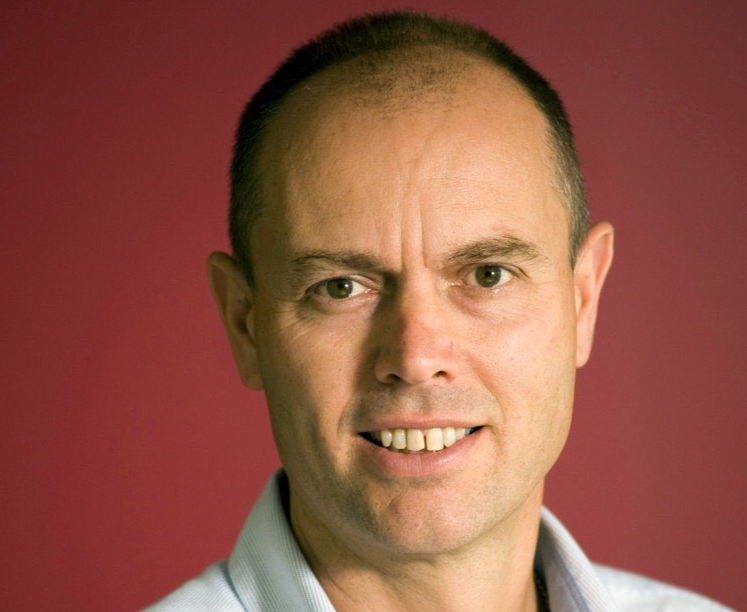AANA CEO John Broome wants media agencies to ‘become cockroaches’
The newly installed CEO of the Australian Association of National Advertisers (AANA), John Broome, hopes media agencies will become the cockroaches of adland – adapting and surviving in the face of unprecedented change and brands bringing media buying in-house – rather than becoming dinosaurs and disappearing.
Broome was responding to comments raised at the US-based ANA’s conference by Pivotal Research Group’s Brian Wieser, who said “the one who survives is the one who is the most adaptable” and suggested agencies just may “outlast us all”.
Broome said he hopes this is true and argued that despite PwC research showing more and more brands are considering bringing their programmatic and buying in-house, most won’t be able to actually turn the idea into a reality.



Calling folk cockroaches – bound to win everybody on side
Unsurprisingly a lot of folks out there think Adland already owns the cockroach space
I definitely aspire to work with a media agency that is a cockroach,
like I aspire to work with a creative agency with the qualities of a tick,
and a PR agency that can be a leach.
Shall I go on?
I thought media agencies were more in common with a leech than a cockroach!